Every now and again, two films that are strikingly similar will reach cinemas at around the same time. So-called ‘twin films’ often share plot details, scenery and even characters that seem suspiciously alike.
This strange phenomenon can sometimes be explained by staff switching between film studios, by the anniversary of a famous event, or by a particularly popular topic inspiring two (or more) astoundingly similar movie ideas in the same year. On occasion, two studios might even race each other to take their near-identical ideas to the big screen.
At other times, however, the similarities are entirely coincidental. Here’s a closer look at some classic films and their uncanny twins.
20. The Truman Show / EDtv

The Truman Show was Jim Carrey’s first major dramatic role – and, funnily enough, the film is all about the nature of celebrity and performance.
[rtk_adunit_top]
In this 1998 science-fiction comedy, Carrey’s Truman has no idea that his every move is broadcast to the world.

Just nine months after the release of The Truman Show, the idea of 24/7 reality television stars came around once more to cinemas.
[rtk_adunit_middle]
In EDtv, Ed Pekurny (played by Matthew McConaughey) is cast as the star of his own – constant – show.
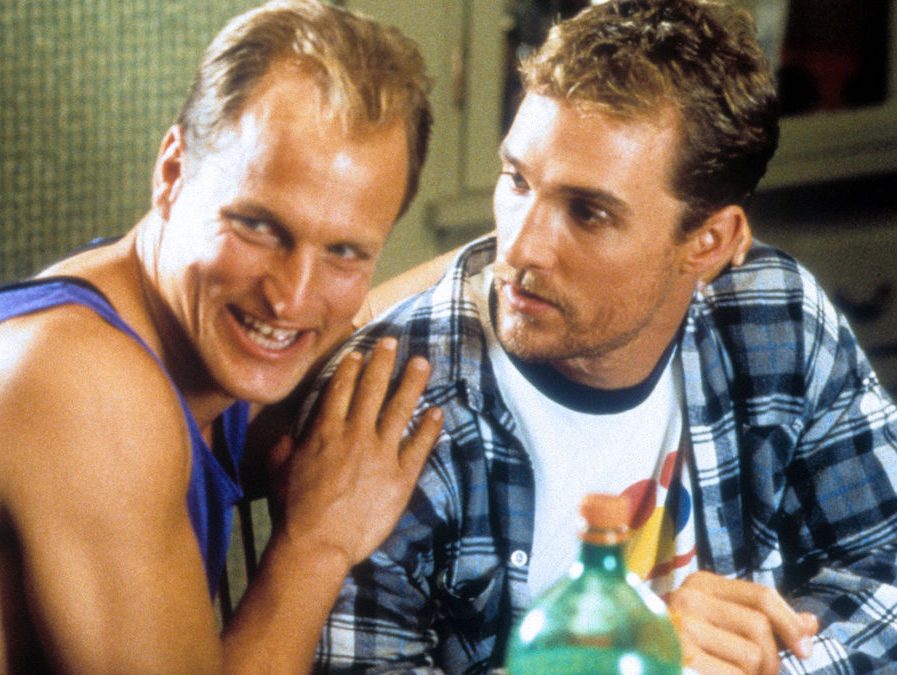
Hoping to boost ratings, Ed’s producer Cynthia (Ellen DeGeneres) forces the star into an unwanted relationship.
[rtk_adunit_bottom]
In both films, the heroes’ love interests ultimately help them to see through the façade of on-screen life.
19. A Bug’s Life / Antz

Over 20 years ago, animated film production companies Pixar and DreamWorks were locked in a bitter feud.
[rtk_adunit_top]
The Disney producer Jeffrey Katzenberg left his company for DreamWorks, taking with him an old pitch for a story about ants (originally entitled Army Ants).
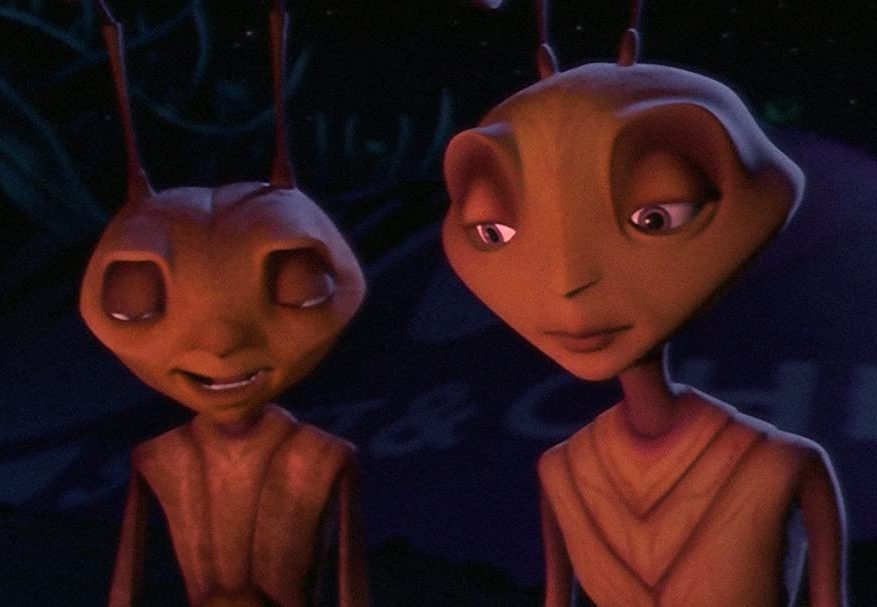
As part of the Disney monopoly, Pixar also started developing a film about the same minibeasts.
[rtk_adunit_middle]
Released within six weeks of each other, DreamWorks’ Antz and Pixar’s A Bug’s Life are both animated adventures about ant colonies and their royal leaders.
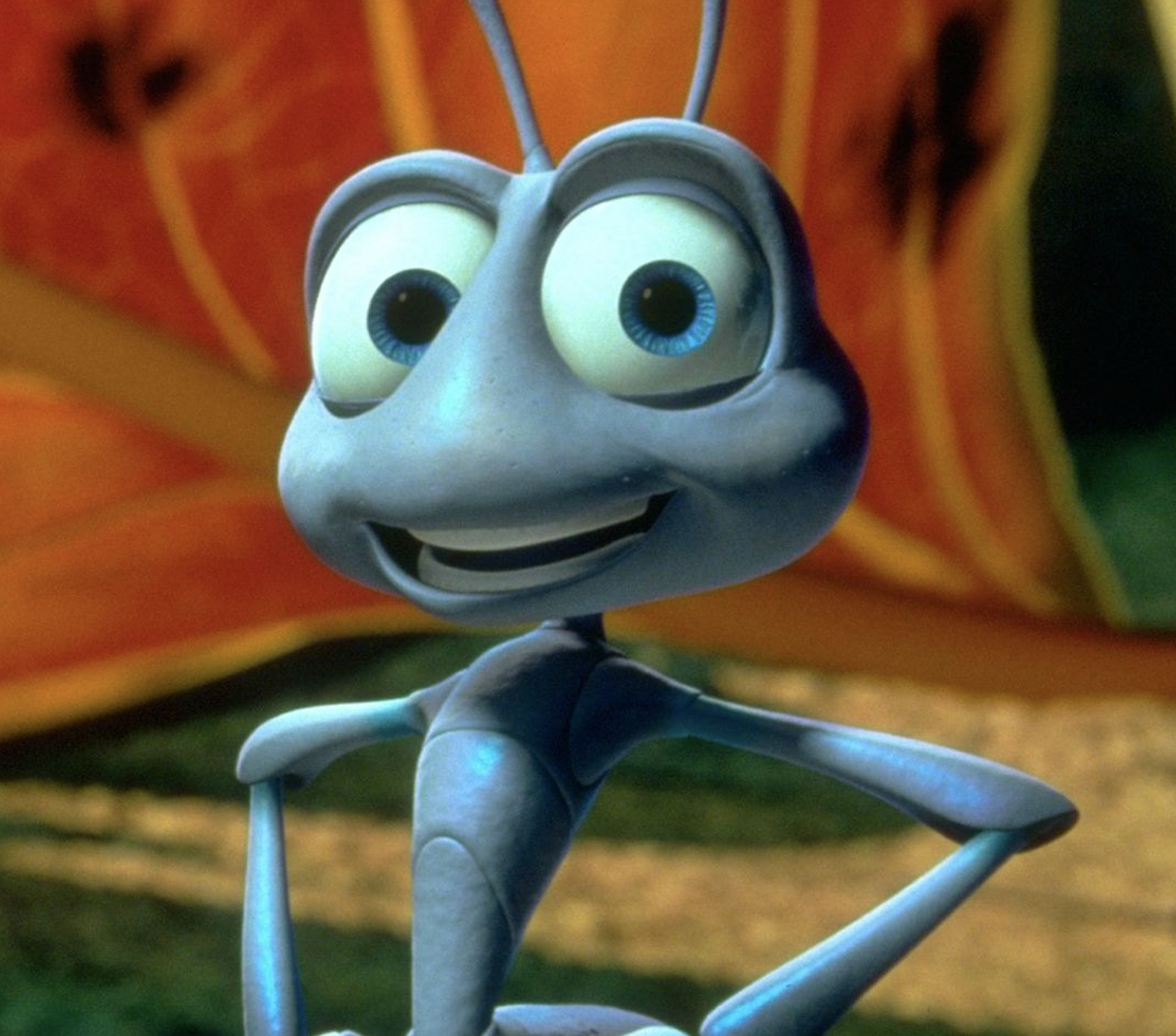
Both worker ant protagonists end up saving their colonies and finding love in the process.
[rtk_adunit_bottom]
Antz grossed $171.8 million internationally, but A Bug’s Life far outshone it, grossing $363.3 million.
18. Deep Impact / Armageddon

Yet another set of twin movies came out in 1998 – Touchstone’s Armageddon and Paramount’s Deep Impact.
[rtk_adunit_top]
Both imagined a potentially deadly object (one a comet, the other an asteroid) hurtling towards Earth.

Both films saw heroic astronaut teams assemble to fight insurmountable odds. Both were also poorly received by critics – and yet both were box office hits.
[rtk_adunit_middle]
Michael Bay’s Armageddon was the highest-grossing film of the year, while Deep Impact outperformed Armageddon in terms of opening weekend.
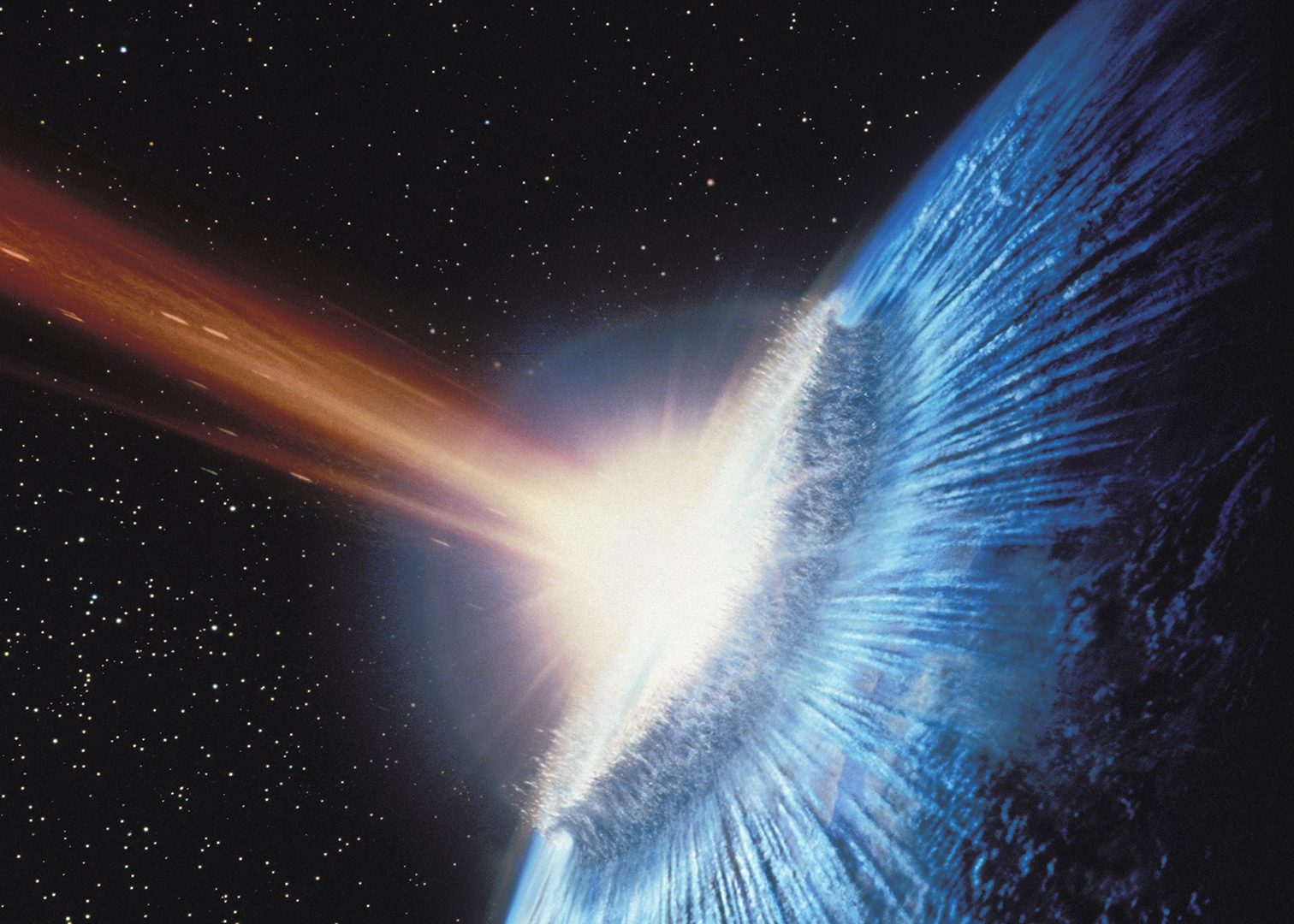
Armageddon raked in an impressive $553.7 million while Deep Impact was still a great financial success, bringing in $349.5 million.
[rtk_adunit_bottom]
With the filmmakers having consulted real-life astronauts and a former NASA director, Deep Impact was considered more scientifically accurate than its blockbuster double.
17. Dreamscape / A Nightmare on Elm Street

Just before A Nightmare on Elm Street became a cult classic, another sci-fi horror movie about dreams hit the market.
[rtk_adunit_top]
In the 1984 film Dreamscape, scientists hatch a plot to send assassins into a person’s dreams.
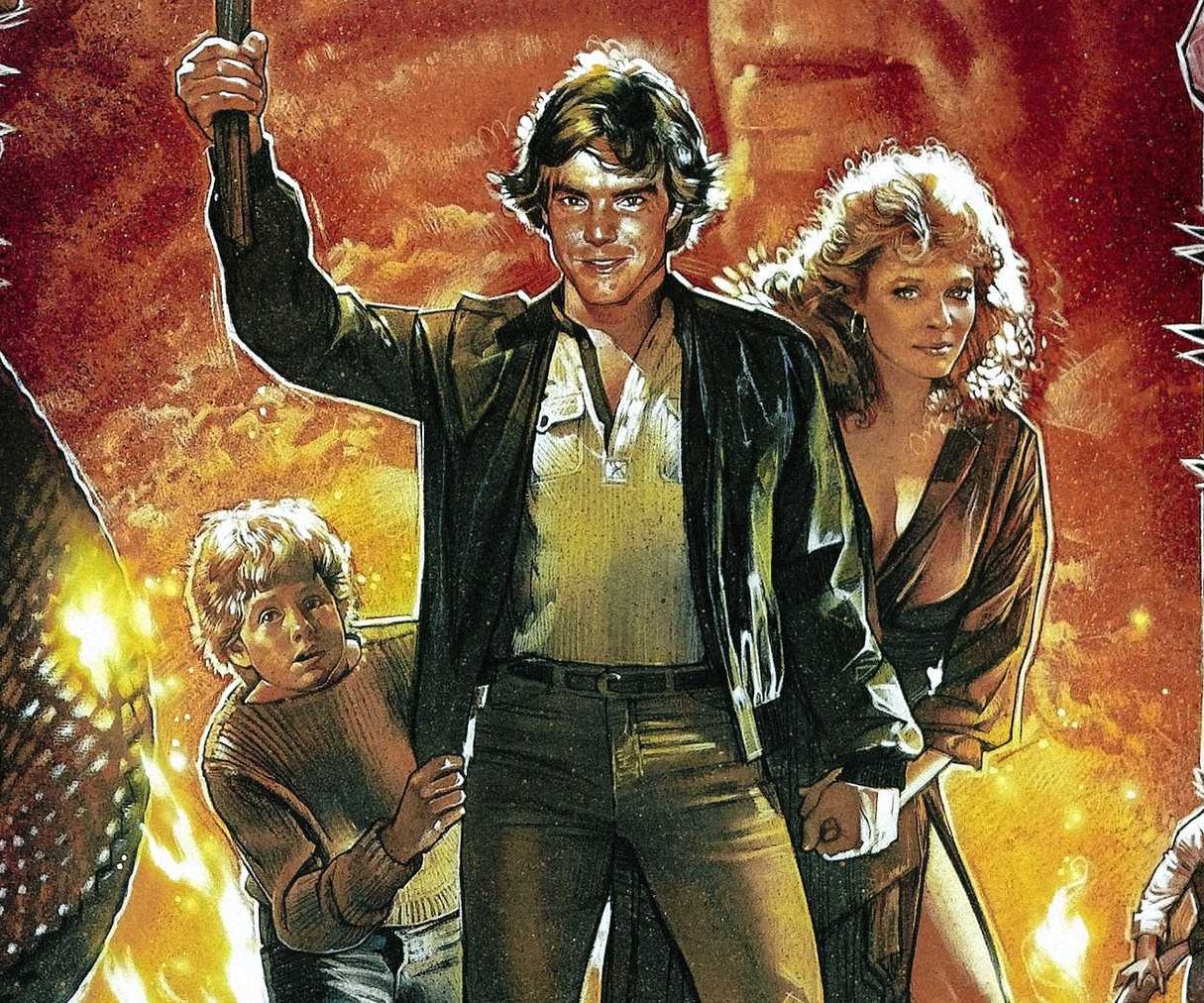
Likewise, A Nightmare on Elm Street sees Freddy Krueger sneak into the slumber of his unwitting victims.
[rtk_adunit_middle]
While writing A Nightmare on Elm Street, Wes Craven struggled to find a studio that would pick up his project.
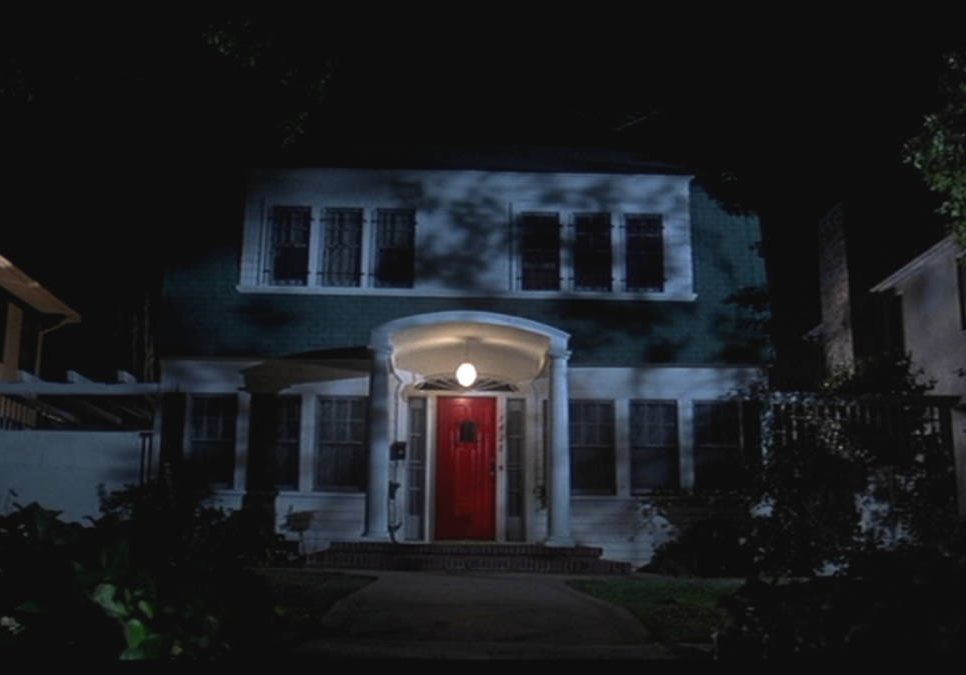
Disney, Universal Studios and Paramount all rejected the script, the latter of which turned it down specifically because it was too similar to the upcoming Dreamscape.
[rtk_adunit_bottom]
Eventually, this slasher won a production team at the independent studio New Line Cinema, and it is today considered one of the greatest horror movies of all time – while Dreamscape has fallen into obscurity.
16. The Great Mouse Detective / An American Tail

Though nowhere near as famous as Disney’s princess tales, The Great Mouse Detective paved the way for the company’s renaissance in the 90s.
[rtk_adunit_top]
With an ensemble cast including Frank Welker as Sherlock Holmes’ dog, this caper around Victorian London was Disney’s first attempt to use computer animation on a larger scale.

But hot on its tail was An American Tail, in which a Russian-Jewish family of mice travels to New York City.
[rtk_adunit_middle]
Both films were release in 1986 – The Great Mouse Detective in July, An American Tail just four months later in November.
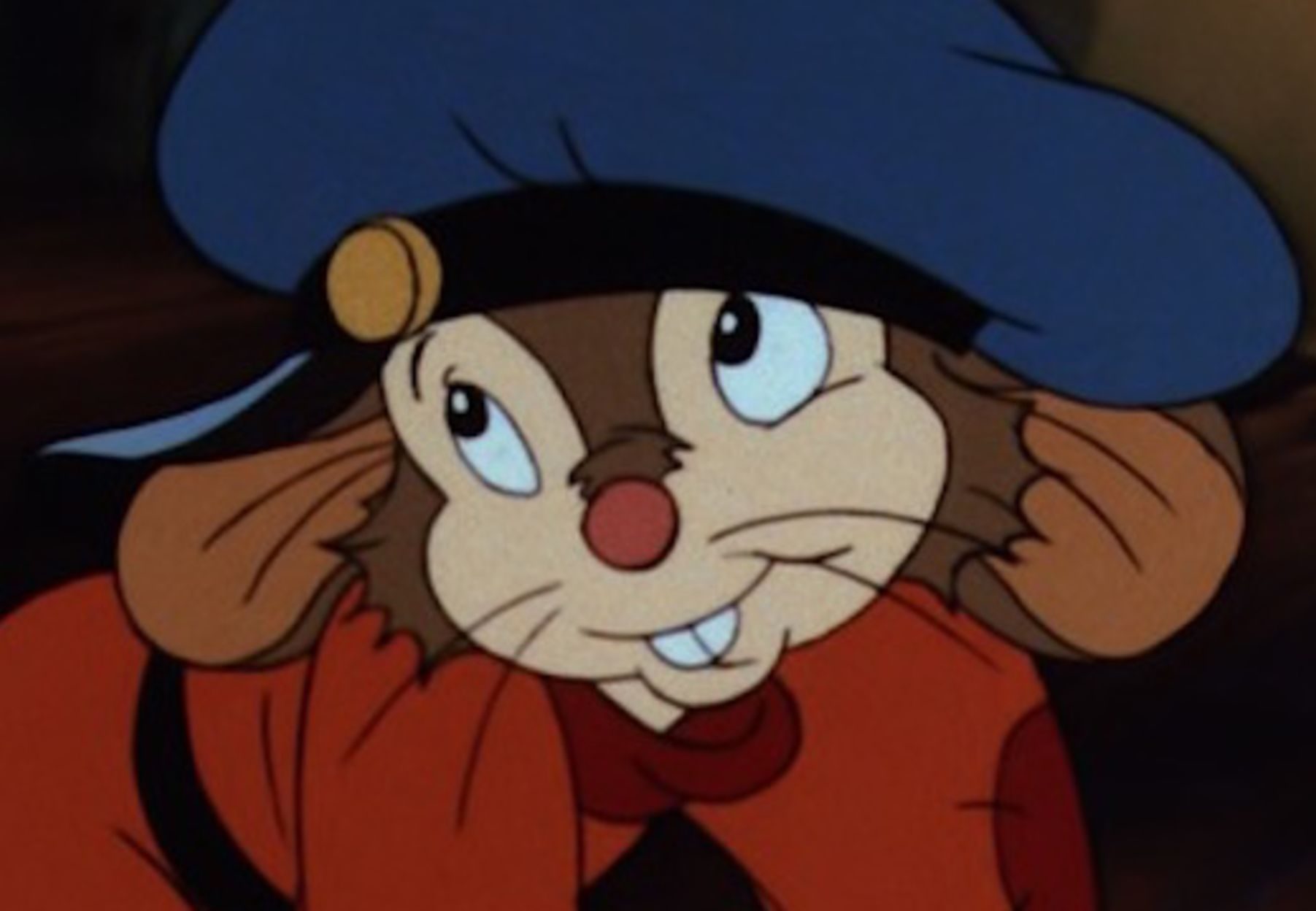
An American Tail actually outperformed The Great Mouse Detective at the box office, and went on to become the highest-grossing non-Disney animation of its time.
[rtk_adunit_bottom]
The Great Mouse Detective brought in $38.7 million at the box office while An American Tale raked in a whopping $104.5 million.
15. Back to the Future / Peggy Sue Got Married

Set in 1960 and 1955 respectively, Peggy Sue Got Married and Back to the Future are both time-travel adventures.
[rtk_adunit_top]
Both were released within a year of each other – Back to the Future in 1985 and Peggy Sue Got Married in 1986.
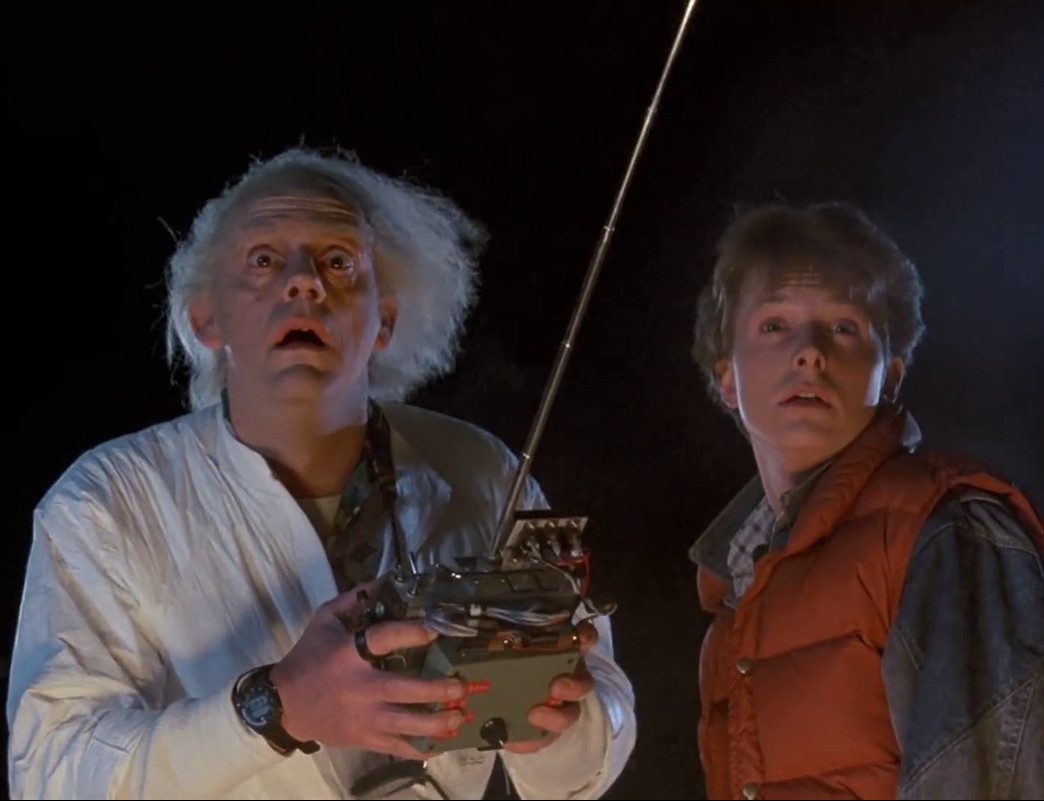
In these films, Peggy Sue and Marty McFly threaten to re-write history as they become entangled in love lives of the past.
[rtk_adunit_middle]
One notable difference is that Peggy Sue ages back into her 60s self, whereas Marty remains his present-day self as he returns to the past.
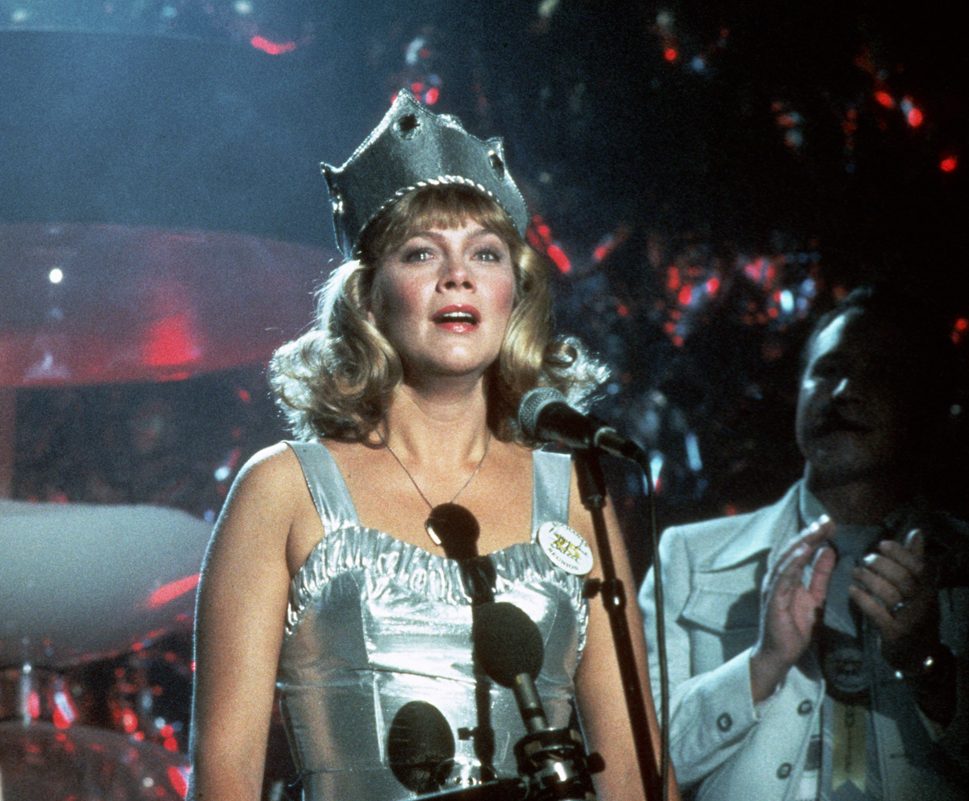
Back to the Future received three Academy Award nominations and one win, for Best Sound Effects Editing.
[rtk_adunit_bottom]
The lesser-known Peggy Sue Got Married was nominated for three Academy Awards in the following year.
14. Top Gun / Iron Eagle

In 1986, cinema-goers had two aerial action movies to choose from: Iron Eagle and Top Gun.
[rtk_adunit_top]
In Iron Eagle, a civilian pilot takes fighter jets to the Middle East to rescue his imprisoned father.
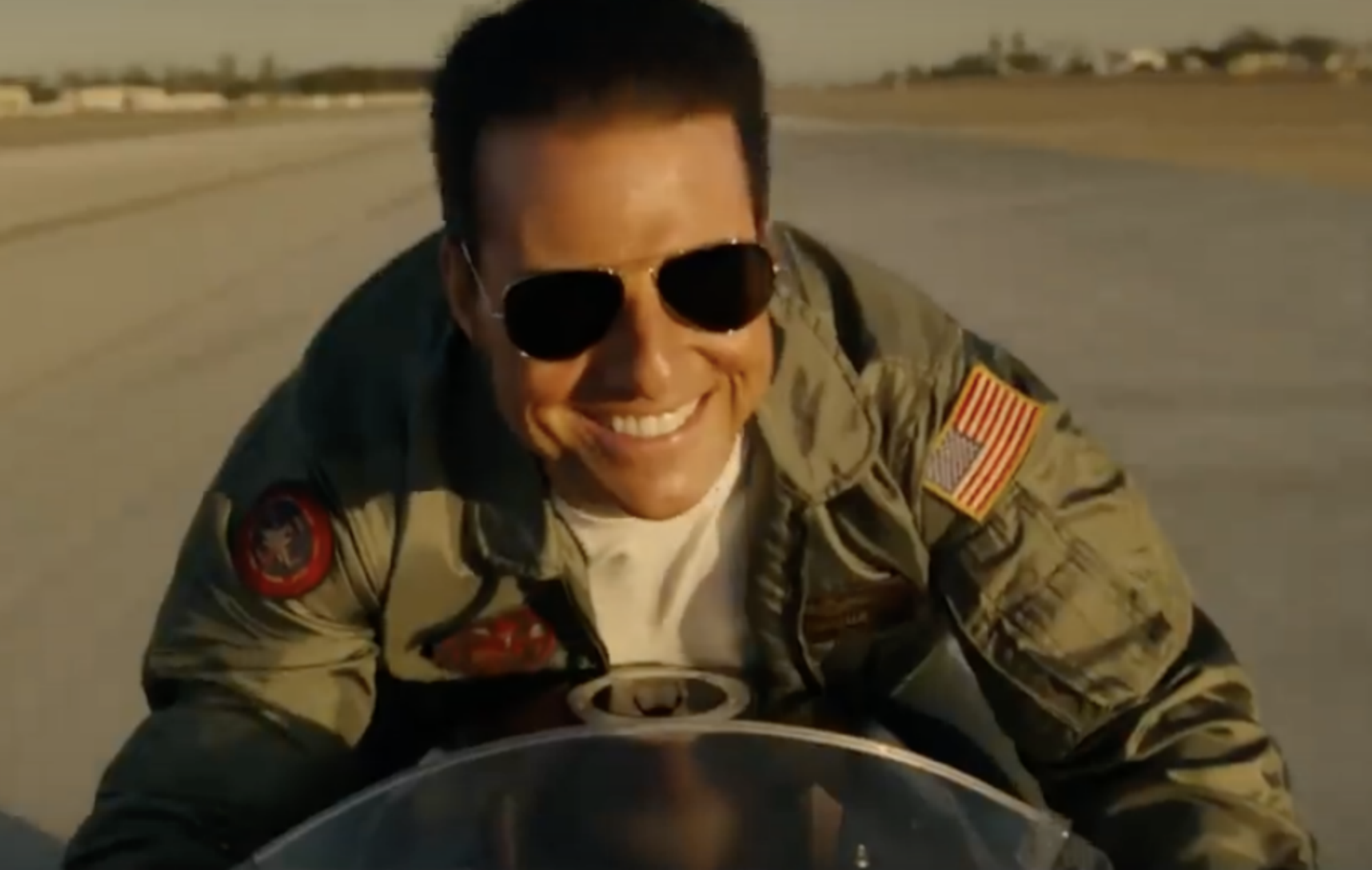
In Top Gun, Tom Cruise stars as Maverick, a pilot who is sent to a naval aviation academy.
[rtk_adunit_middle]
Despite lacking Top Gun’s critical success, Iron Eagle nevertheless performed well at the box office and spawned three sequels.

These sequels were released in 1988, 1992 and 1995, with Louis Gossett Jr the only actor to appear consistently in all three films.
[rtk_adunit_bottom]
The sequel to Top Gun, meanwhile, has been in development since 2010. Due to the current health crisis, its release date has been pushed back to July 2021.
13. RoboCop / The Vindicator

A cyberpunk superhero revenge film released in 1987, RoboCop may seem unlike any other movie of its time. But it did have a precursor – the 1986 Canadian film The Vindicator.
[rtk_adunit_top]
Simply titled ‘Roboman’ in Brazil, The Vindicator is a retelling of Mary Shelley’s 18th-century gothic novel Frankenstein.
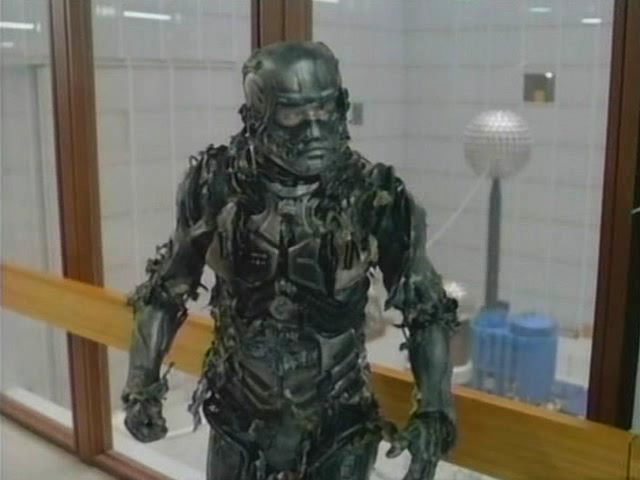
In both The Vindicator and RoboCop, the hero dies in an accident at the start of the film, and he is brought back to life as a heavily armed cyborg.
[rtk_adunit_middle]
The Vindicator flopped and was met with harsh reviews. It currently holds a rating of 24% on Rotten Tomatoes.
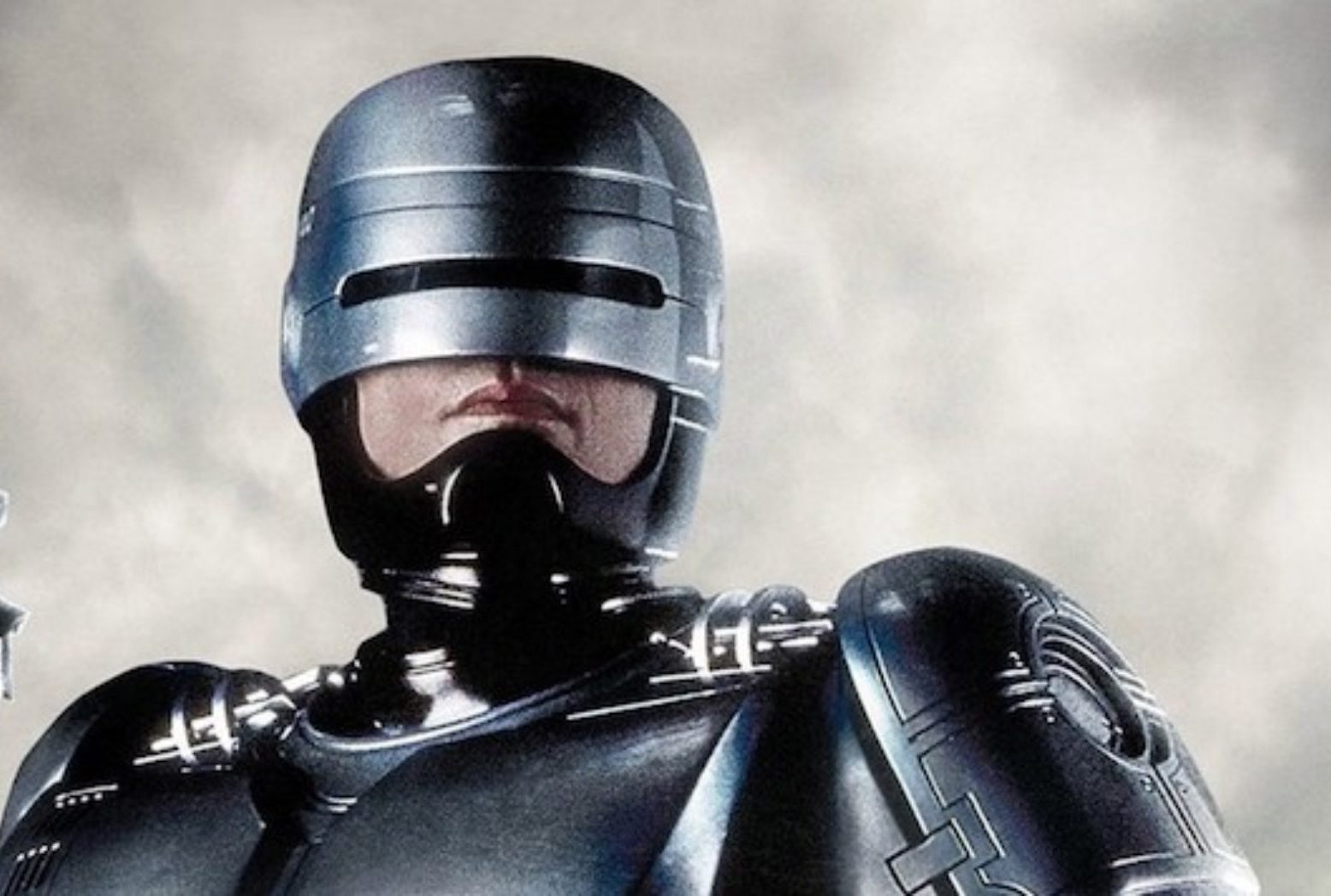
RoboCop, meanwhile, was a success by comparison, raking in a respectable $53.4 million at the US box office alone.
[rtk_adunit_bottom]
The film even went on to win an Academy Award for Best Sound Effects Editing.
12. Like Father Like Son / Big

Age-swapping movies were all the rage in the late 80s, from 18 Again!, 14 Going on 30 and Vice Versa to the Italian film Da grande (‘When I Grow Up’).
[rtk_adunit_top]
Two of the movies to emerge from this trend were Big, starring Tom Hanks, and Like Father Like Son starring Dudley Moore.
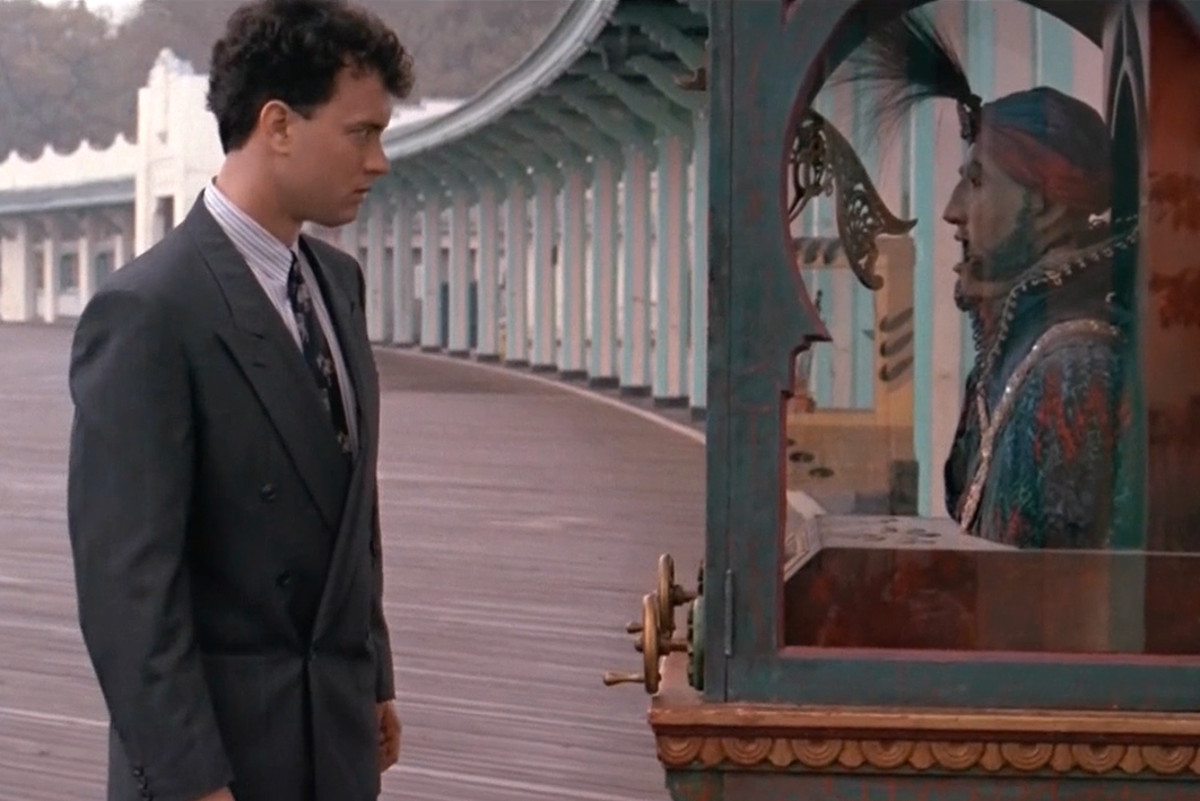
In Big, Hanks plays a young boy who has been transformed into a fully-grown man, one who cavorts around the New York toy store FAO Schwarz.
[rtk_adunit_middle]
In Like Father Like Son, a child swaps bodies with his father and seizes the opportunity to go on spending sprees.
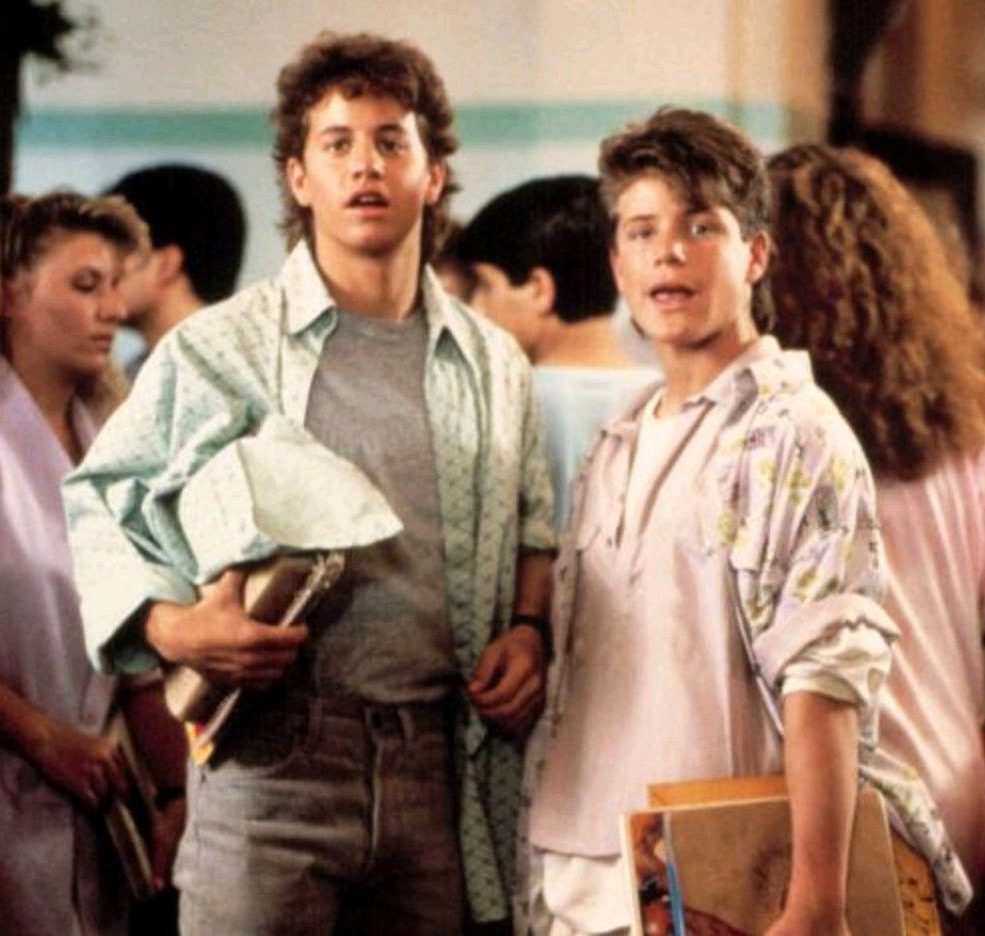
But while Big’s comedy hit the mark and won huge popularity, Like Father Like Son was poorly received.
[rtk_adunit_bottom]
The critic Roger Ebert called Like Father Like Son “one of the most desperate comedies I’ve ever seen.”
11. Dangerous Liaisons / Valmont

Not one but two adaptations of the 1782 French novel Les Liaisons Dangereuses reached cinemas in the late 80s.
[rtk_adunit_top]
Far the more famous of the pair, Dangerous Liaisons stars Glenn Close, John Malkovich and Michelle Pfeiffer as aristocrats wrapped up in a revenge plot.
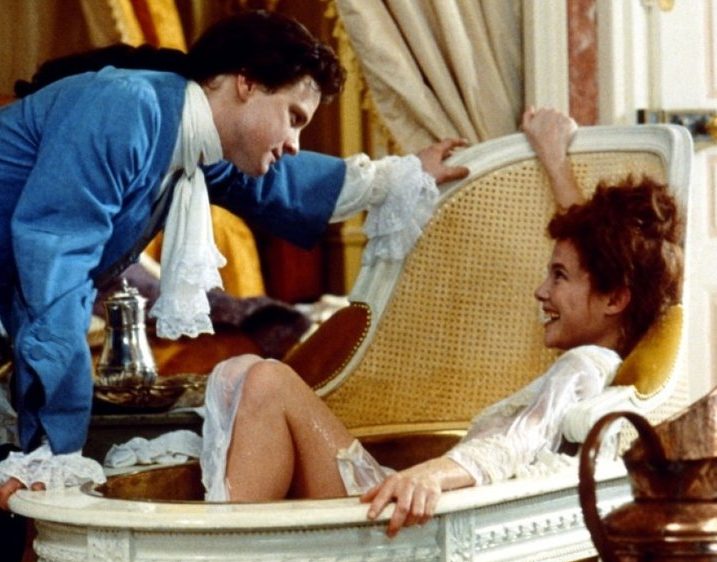
Valmont, on the other hand, stars Colin Firth as the titular antihero, alongside Annette Bening and Meg Tilly.
[rtk_adunit_middle]
Miloš Forman’s Valmont made significant changes to the original story as told in the book, while Dangerous Liaisons is truer to the novel.
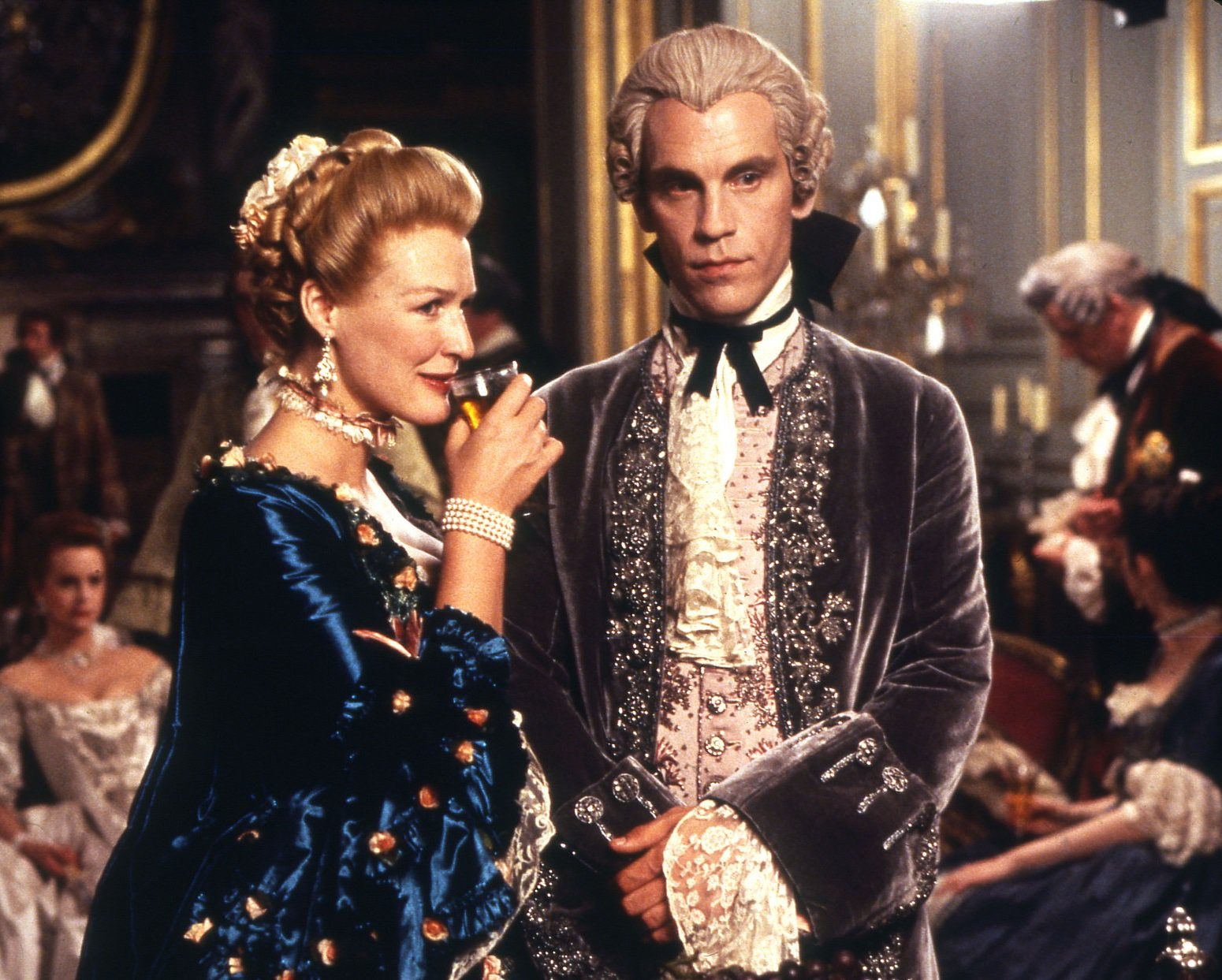
Valmont was met with mixed reviews and made a disappointing $1.3 million at the box office.
[rtk_adunit_bottom]
Meanwhile, Dangerous Liaisons received seven Oscar nominations, winning three: Best Adapted Screenplay, Best Costume Design and Best Production Design.
10. Tombstone / Wyatt Earp

Wyatt Earp and Tombstone are a pair of films which perfectly exemplify the concept of twin films.
[rtk_adunit_top]
Both Westerns were released just six months apart – Tombstone first in 1993 and Wyatt Earp in 1994.
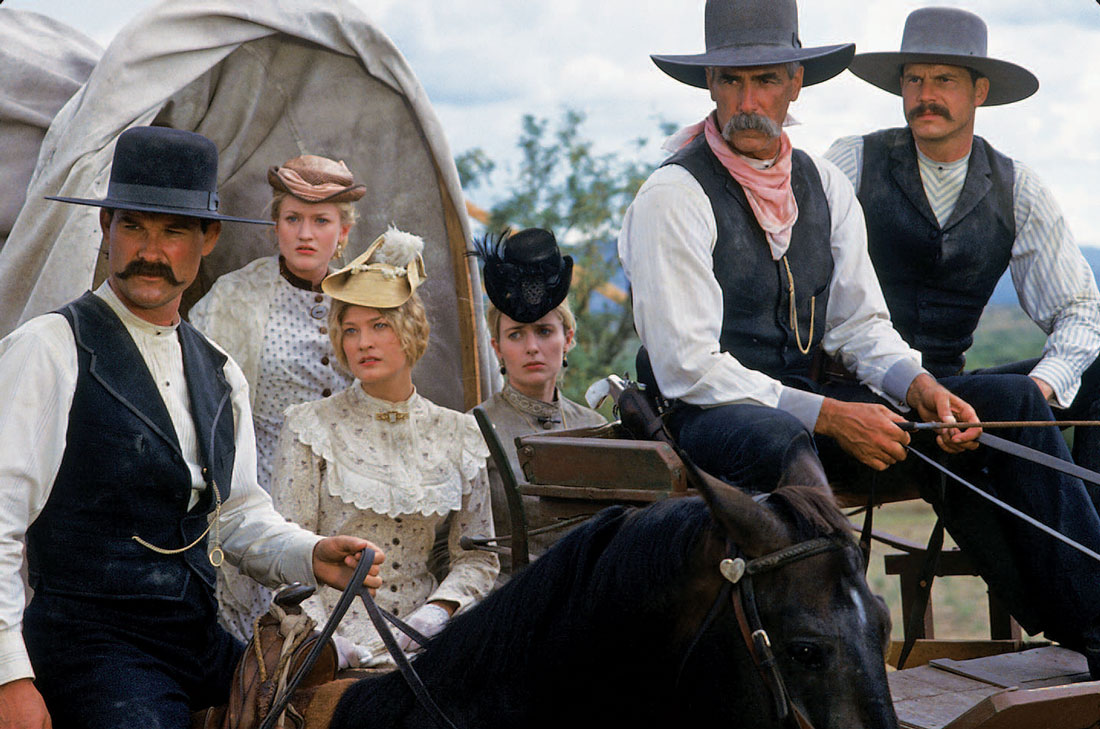
Both films centred around the story of lawman Wyatt Earp and gambler Doc Holliday, who team up to battle the Clanton gang in Arizona.
[rtk_adunit_middle]
It wasn’t the first time the famous story of Wyatt Earp had already been adapted for the silver screen.
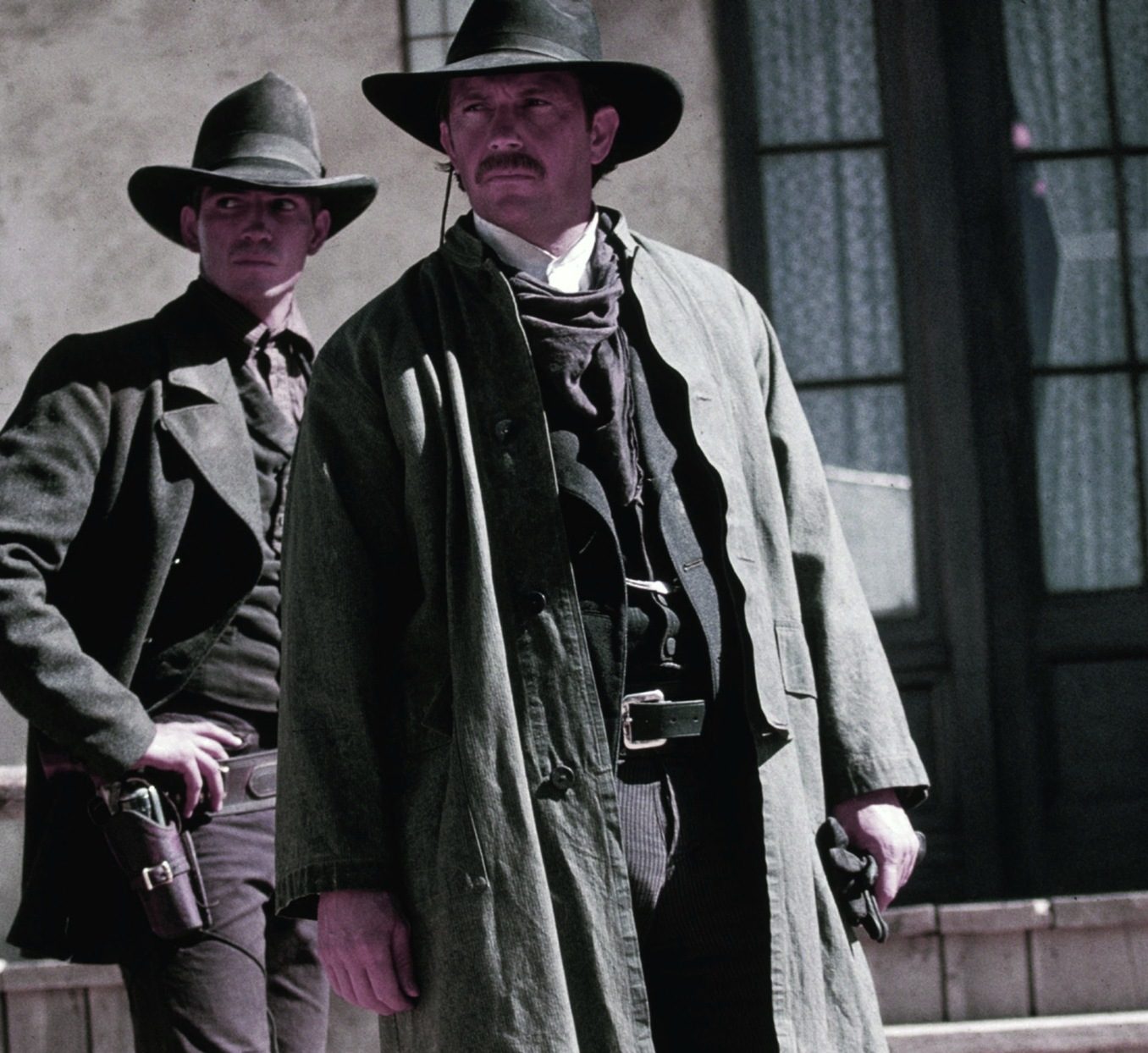
Once in John Ford’s 1946 film My Darling Clementine, and again in John Sturges’ Gunfight at the OK Corral in 1957.
[rtk_adunit_bottom]
Tombstone had a smidge more success than Wyatt Earp, earning $56.5 million at the box office while Wyatt Earp made $25 million.
9. Dante’s Peak / Volcano
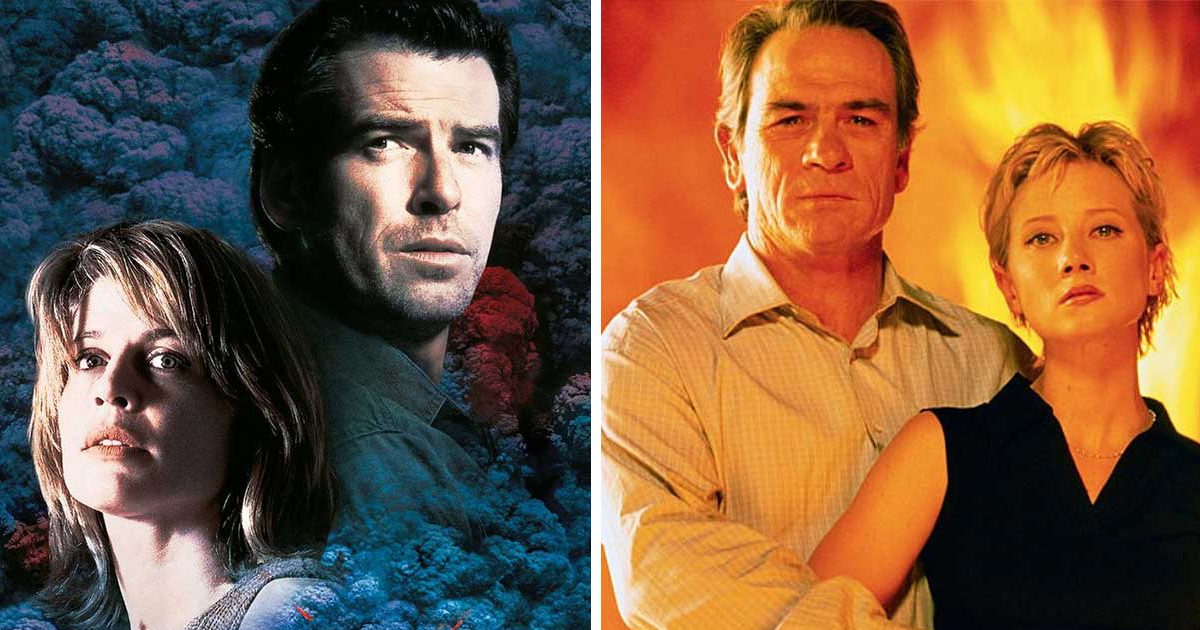
Back in 1997, two uncannily similar disaster movies were released just two and a half months apart: Dante’s Peak and Volcano.
[rtk_adunit_top]
Both films followed the immediate aftermath of a volcanic eruption. Dante’s Peak is set in a small Washington state town, while Volcano moves the action to downtown LA.

Volcano was more fantastical in its approach, as there are no recorded instances of any volcano eruptions in LA.
[rtk_adunit_middle]
Dante’s Peak was far more believable and was even partly inspired by a real event – the 1980 Mount St. Helen’s eruption.
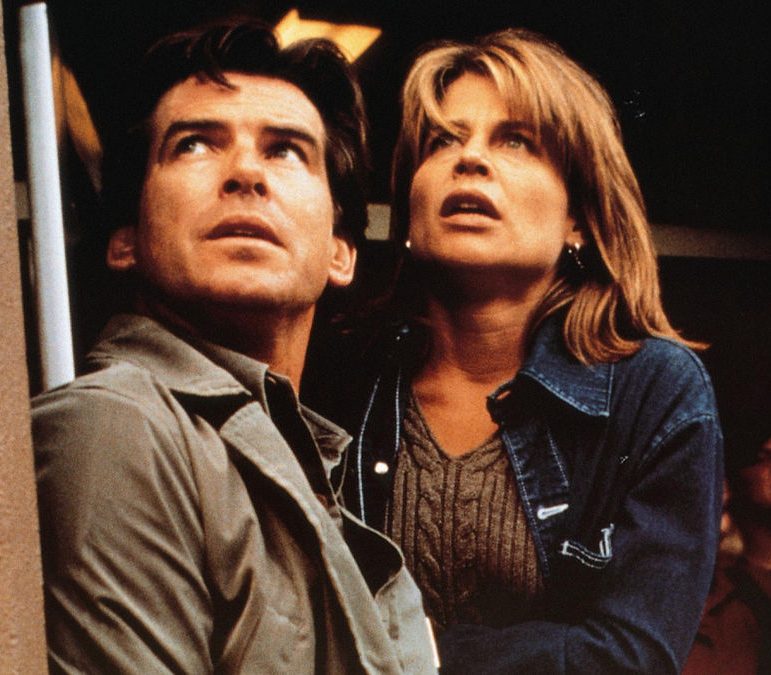
Despite receiving a somewhat harsh critical reception, Dante’s Peak brought in $178.1 million at the box office and has since become a cult favourite.
[rtk_adunit_bottom]
Volcano, meanwhile, was similarly successful – raking in $122.8 million – though it’s fair to say Dante’s Peak has had the more enduring legacy.
8. Ghoulies / Gremlins
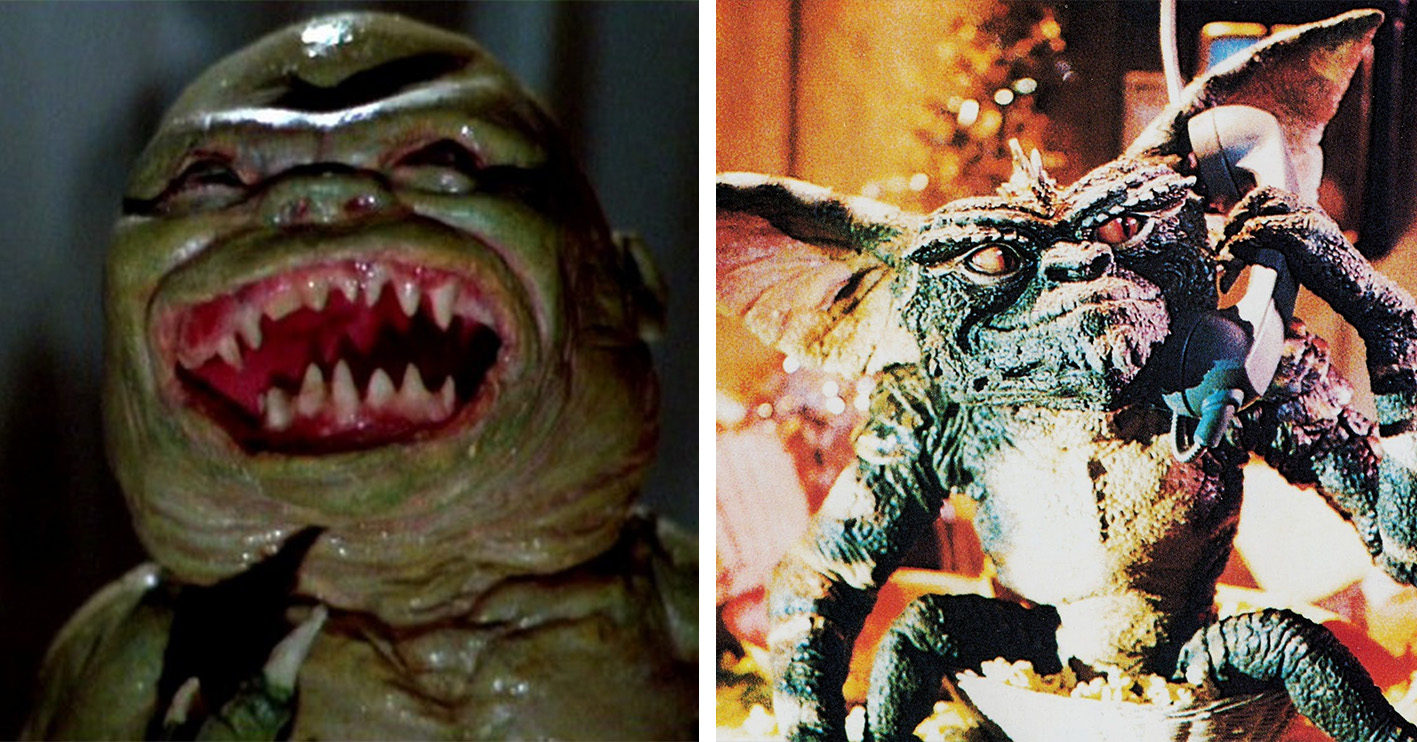
Given the massive success of Gremlins, you’d be forgiven for never even hearing of its twin film, Ghoulies.
[rtk_adunit_top]
Both films follow the adventures of tiny, destructive monsters who wreak havoc on the world around them.

One major difference has to be the fact that gremlins start off as Mogwai – cute, Furby-like creatures that only turn into gremlins under certain circumstances.
[rtk_adunit_middle]
Ghoulies, by contrast, are supernatural, demonic creatures who are summoned by dark arts enthusiast Jonathan Graves (Peter Liapis).
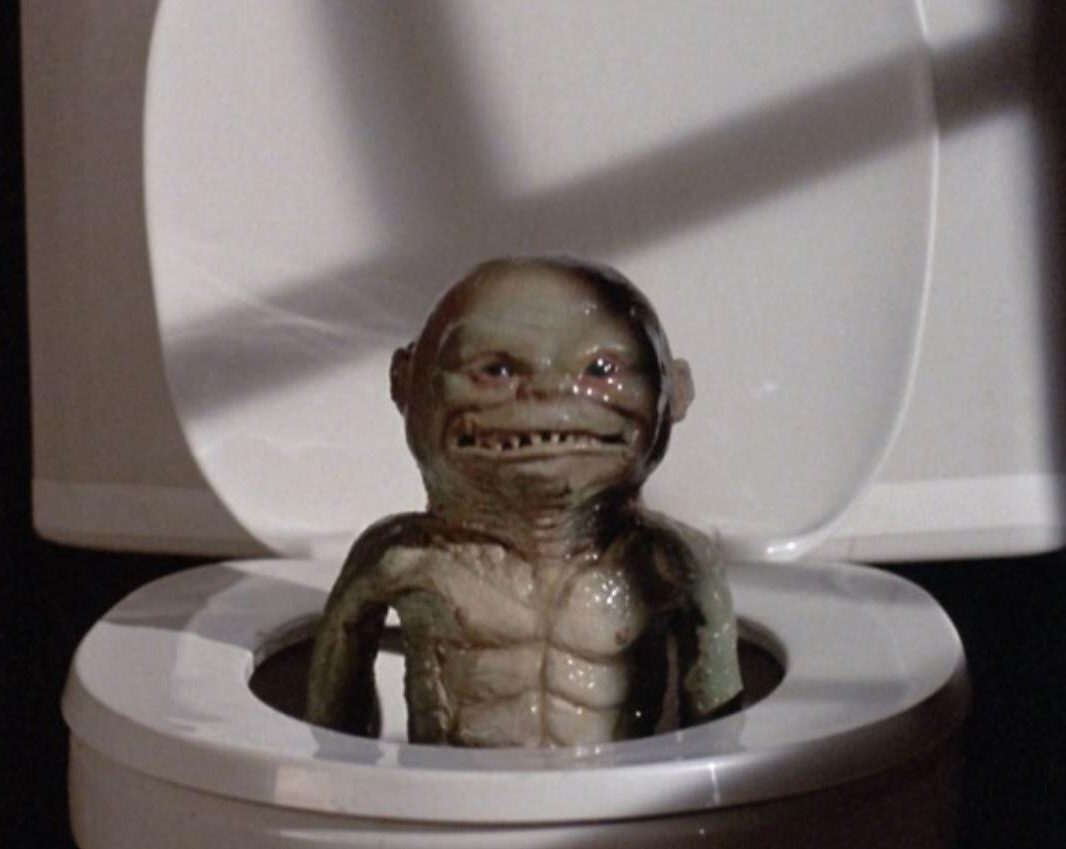
The New York Times scathingly dismissed Ghoulies, which flopped spectacularly at the box office, calling it a “cut-rate Gremlins.”
[rtk_adunit_bottom]
Gremlins, however, was an instant hit, achieving both critical and commercial success, bringing in $212.9 million at the box office.
7. Robin Hood: Prince of Thieves / Robin Hood
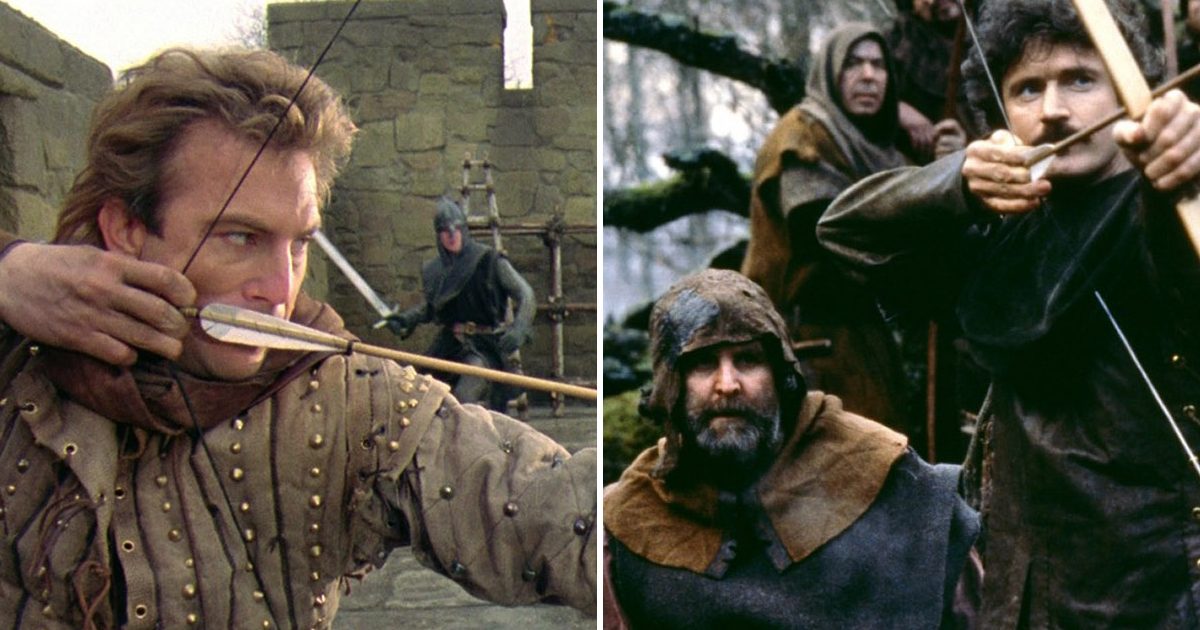
Both Robin Hood: Prince of Thieves and (the more generically titled) Robin Hood follow the exploits of legendary outlaw Robin Hood, a figure from English folklore who supposedly stole from the rich and gave to the poor.
[rtk_adunit_top]
The British film adaptation of the classic tale – simply named Robin Hood – was released in May 1991.
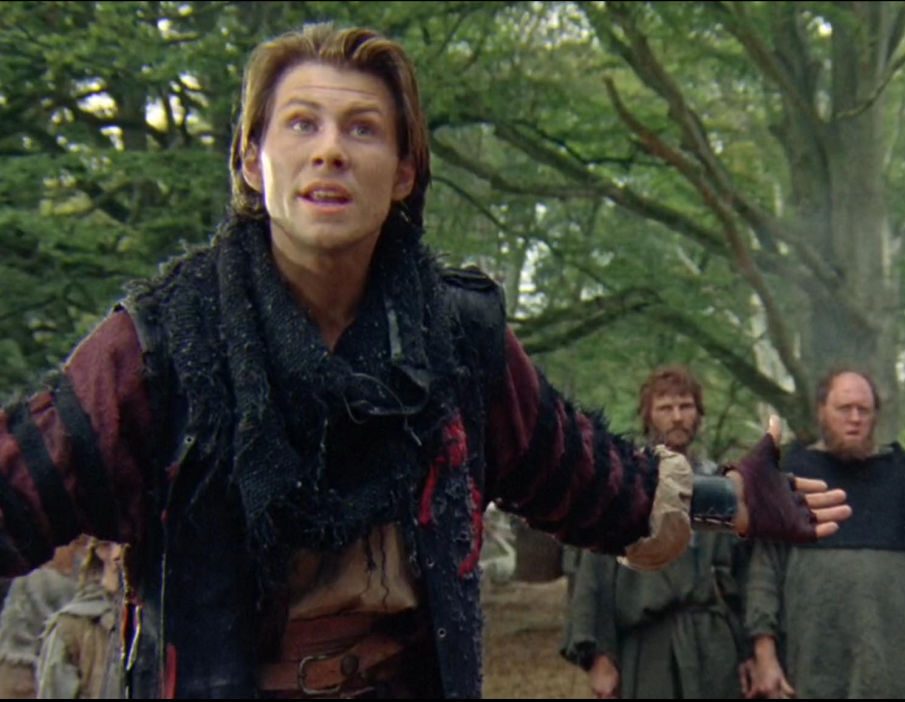
Hot on its heels was the Hollywood version – Robin Hood: Prince of Thieves – which was released just one month later in June 1991.
[rtk_adunit_middle]
Kevin Reynolds’ American version, starring Kevin Costner as the titular hero, was unequivocally the more successful of the two.

It raked in an impressive $390.5 million at the box office, making it the second-highest grossing film of 1991.
[rtk_adunit_bottom]
John Irvin’s Robin Hood, however, only brought in a measly £387,139 and actually had its US theatrical release cancelled.
6. The Adventures of Priscilla, Queen of the Desert / To Wong Foo, Thanks for Everything! Julie Newmar
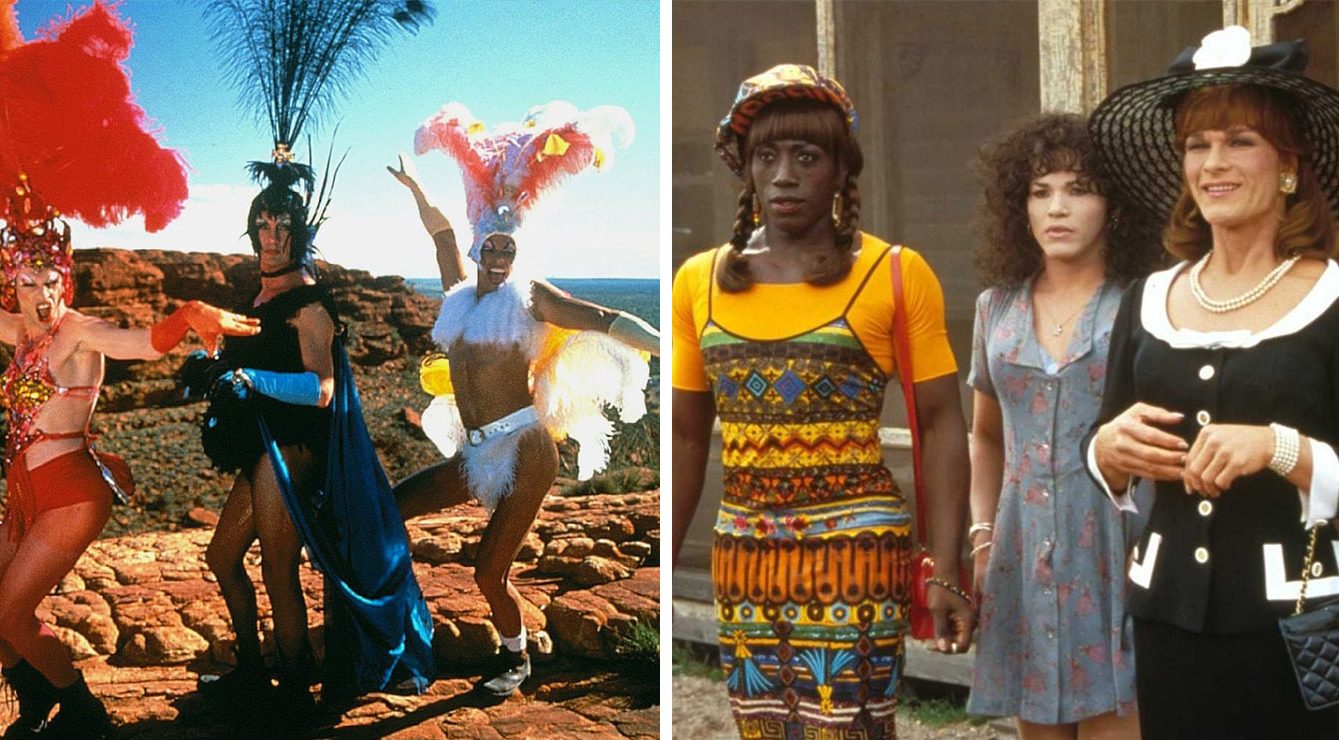
Stephan Elliott’s road comedy film The Adventures of Priscilla: Queen of the Desert was released in 1994 to great acclaim.
[rtk_adunit_top]
It’s not every day that you come across two films, never mind just one, that follow road-tripping drag queens – and yet, in 1995, To Wong Foo, Thanks for Everything! Julie Newmar was released.

Both films chart the exploits of drag queens (Priscilla also features a transgender woman) as they embark on lengthy road trips.
[rtk_adunit_middle]
While Priscilla, Queen of the Desert is largely set in the Australian Outback, To Wong Foo takes place across the USA.
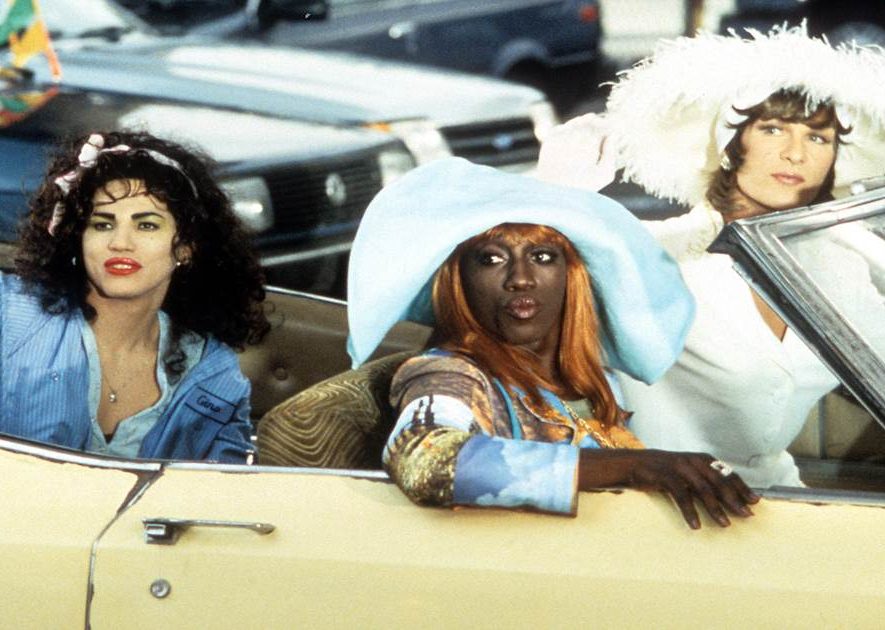
Both films were met with success – but To Wong Foo was could not escape comparisons to Priscilla and was largely regarded as the inferior of the two.
[rtk_adunit_bottom]
Priscilla went on to win an Oscar for Best Costume Design and brought in $29.7 million at the box office.
5. K-9 / Turner and Hooch

K-9 and Turner & Hooch were both released in 1989, in April and July respectively.
[rtk_adunit_top]
Both feature intelligent but unconventional police dogs – Jerry Lee the German Shepherd in K-9 and Hooch the French Mastiff in Turner & Hooch.

Both are buddy cop films, featuring Jim Belushi and Tom Hanks respectively as cops who partner up with police dogs.
[rtk_adunit_middle]
Where the films differ is in their tone – K-9 is largely played for laughs, while Turner & Hooch has a much sadder ending.
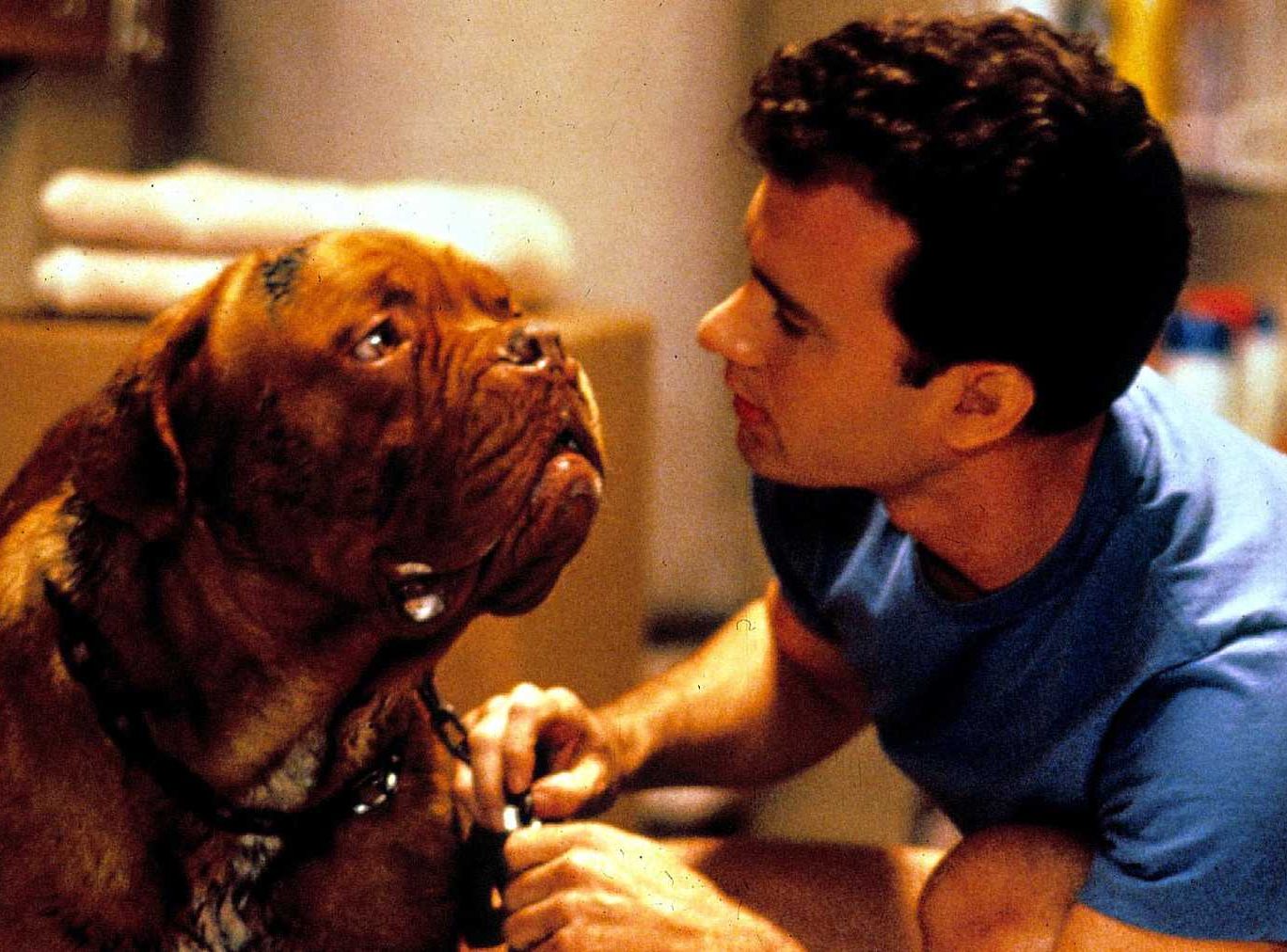
There wasn’t much between either of the films in terms of success, though: K-9 made $7 million more at the box office, a marginal triumph over its twin.
[rtk_adunit_bottom]
However, despite K-9’s superior financial success, Turner & Hooch was marginally better received by critics and audiences so it’s all swings and roundabouts.
4. Christopher Columbus: The Discovery /
1492: Conquest of Paradise
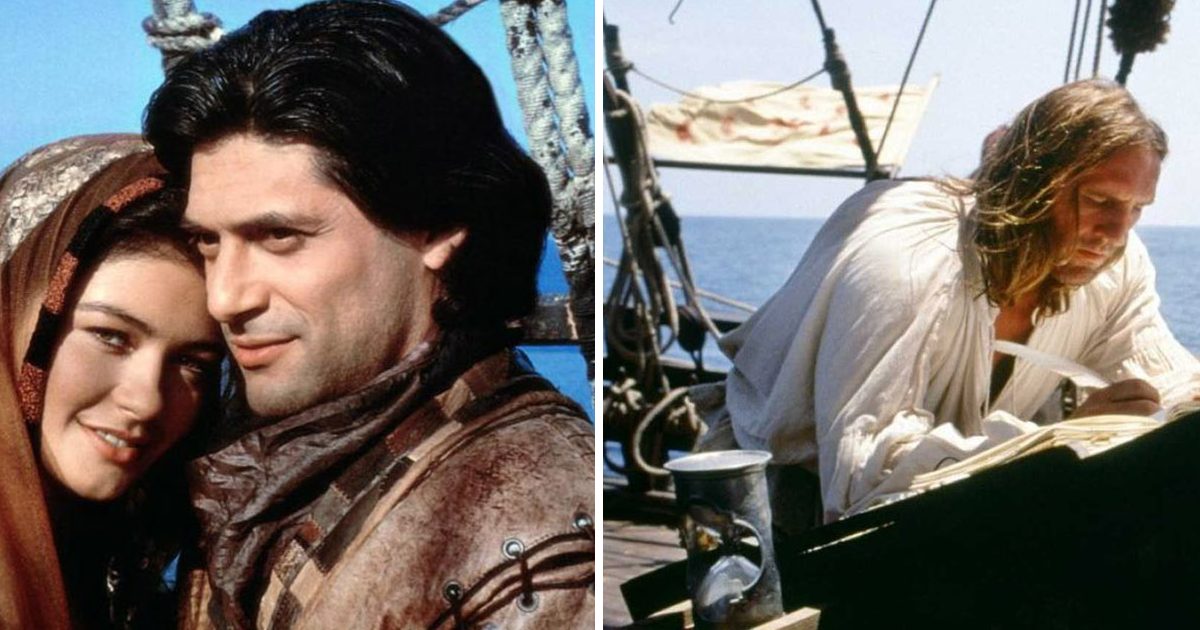
Maybe it’s not so surprising that two Christopher Columbus films were released in 1992, given the year marked the 500th anniversary of the explorer landing in America.
[rtk_adunit_top]
As expected, given both films’ basis in historical events, they’re pretty similar. Both follow Columbus’ struggle to fund his journey and his resultant crossing of the Atlantic.

However, both films throw emphasis on different aspects of Columbus’ journey to the ‘New World’.
[rtk_adunit_middle]
A substantial part of Christopher Columbus: The Discovery is focused on Columbus’ attempts to secure money to fund his travels from the Spanish king.

Only The Discovery’s final third focuses on Columbus’ actual arrival in and exploration of the New World.
[rtk_adunit_bottom]
Meanwhile, 1492: Conquest of Paradise remains more concerned with the actual crossing of the Atlantic and Columbus’ landing. The film spends little time depicting how Columbus managed to convince the king of Spain to financially back his voyage.
3. Finding Nemo / Shark Tale

Finding Nemo and Shark Tale, two films which follow the adventures of a plucky fish (Marlin and Oscar), were both released in 2003 and 2004 respectively.
[rtk_adunit_top]
As was the case with A Bug’s Life and Antz, Finding Nemo and Shark Tale saw both Pixar and DreamWorks produce strikingly similar competing works.

Animator Jeffrey Katzenberg was forced to defend Shark Tale and told USA Today back in 2003 (prior to the film’s release) that “any similarities [with Finding Nemo] are mere coincidence.”
[rtk_adunit_middle]
“We’ve been open with the Pixar people so we don’t step on each other’s toes,” he said.
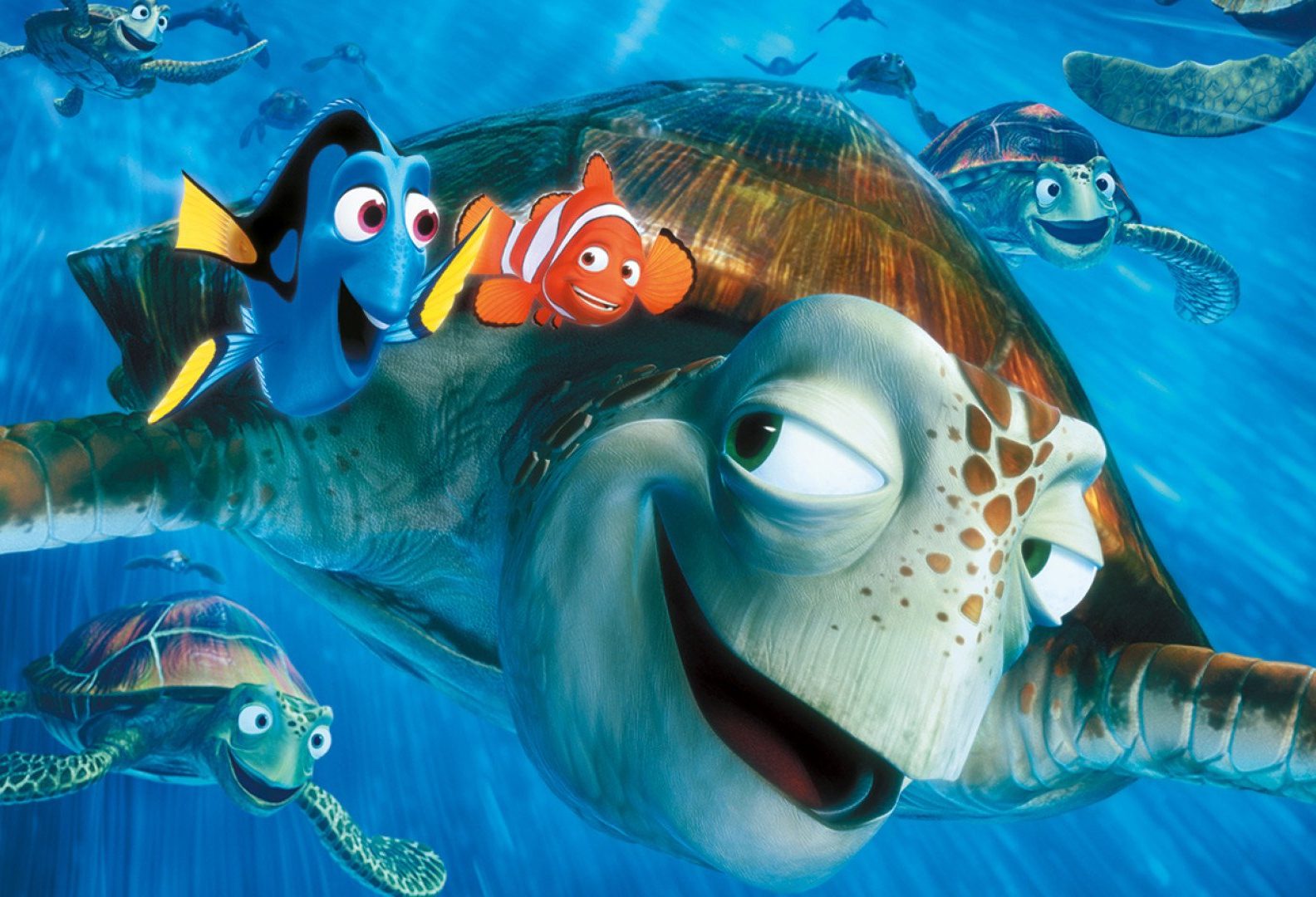
Both films were huge successes. Shark Tale brought in $47.6 million when it opened, the second-highest opening for a DreamWorks Animation film at the time.
[rtk_adunit_bottom]
In total, however, Finding Nemo brought in a staggering $940.3 million at the box office and went on to win the Academy Award for Best Animated Feature.
2. Mission to Mars / Red Planet
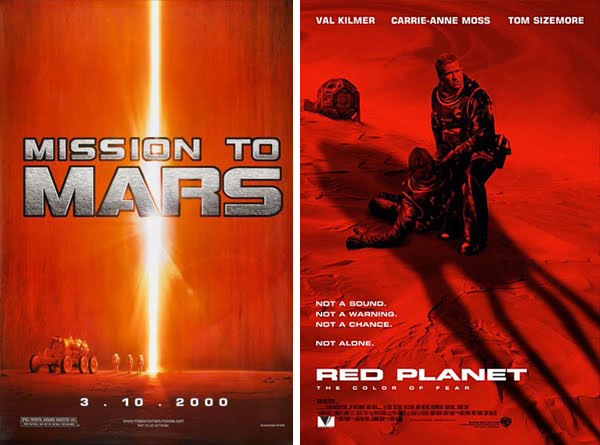
Brian De Palma’s Mission to Mars and Antony Hoffman’s Red Planet opened eight weeks apart back in 2000.
[rtk_adunit_top]
Both films saw their protagonists launched into space and sent on a mission to explore the red planet.
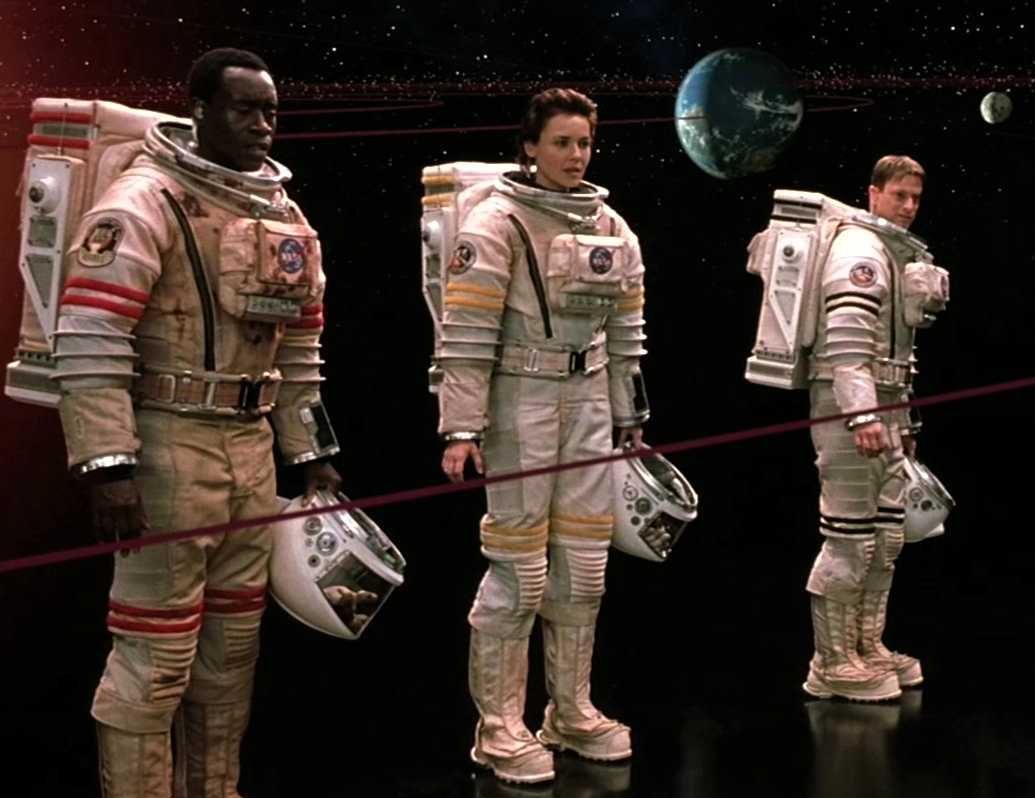
What’s more, both films are set in the 2020s – Mission to Mars takes place in 2020, while Red Planet is set in 2025.
[rtk_adunit_middle]
Both films flopped and failed to garner much critical success. Red Planet also failed on a commercial level, only bringing in $33.5 million at the box office.

The critical response was so bad that director Hoffman never stepped foot on a film set again after filming wrapped on the failed movie.
[rtk_adunit_bottom]
Mission to Mars managed to bring in $111 million – but this wasn’t great considering its budget was £100 million.
1. Liberty Stands Still / Phone Booth

Thriller films Liberty Stands Still and Phone Booth were both released in 2002, just four months apart.
[rtk_adunit_top]
Both movies revolve around a character who answers a phone in public and is then held hostage there by a sniper.
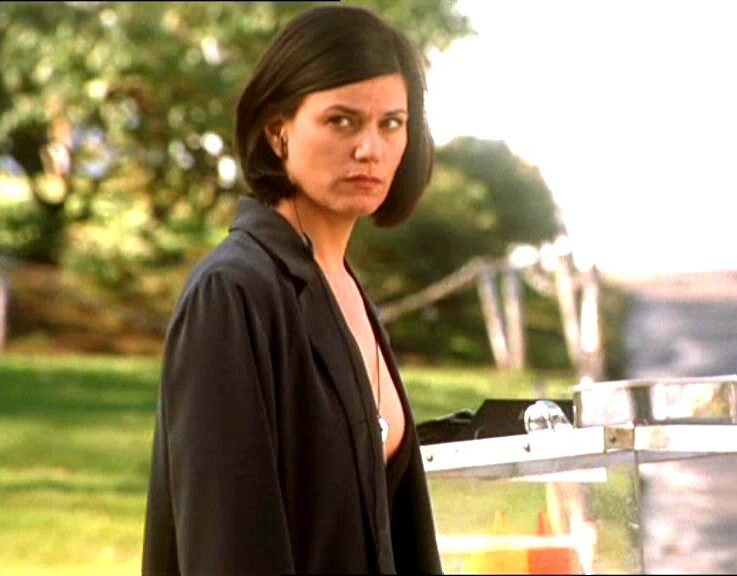
Liberty Stands Still sees protagonist Liberty (Linda Fiorentino) held hostage by Joe (Wesley Snipes), a man seeking revenge for his daughter’s death.
[rtk_adunit_middle]
Meanwhile, Phone Booth sees Stuart Shepherd (Colin Farrell) held hostage in a phone booth by an unseen Kiefer Sutherland.

Phone Booth was met with positive reviews while Liberty Stands Still was universally panned.
The film holds a meagre 20% rating on Rotten Tomatoes – a far cry from Phone Booth’s more impressive 72%.
[rtk_adunit_end]
